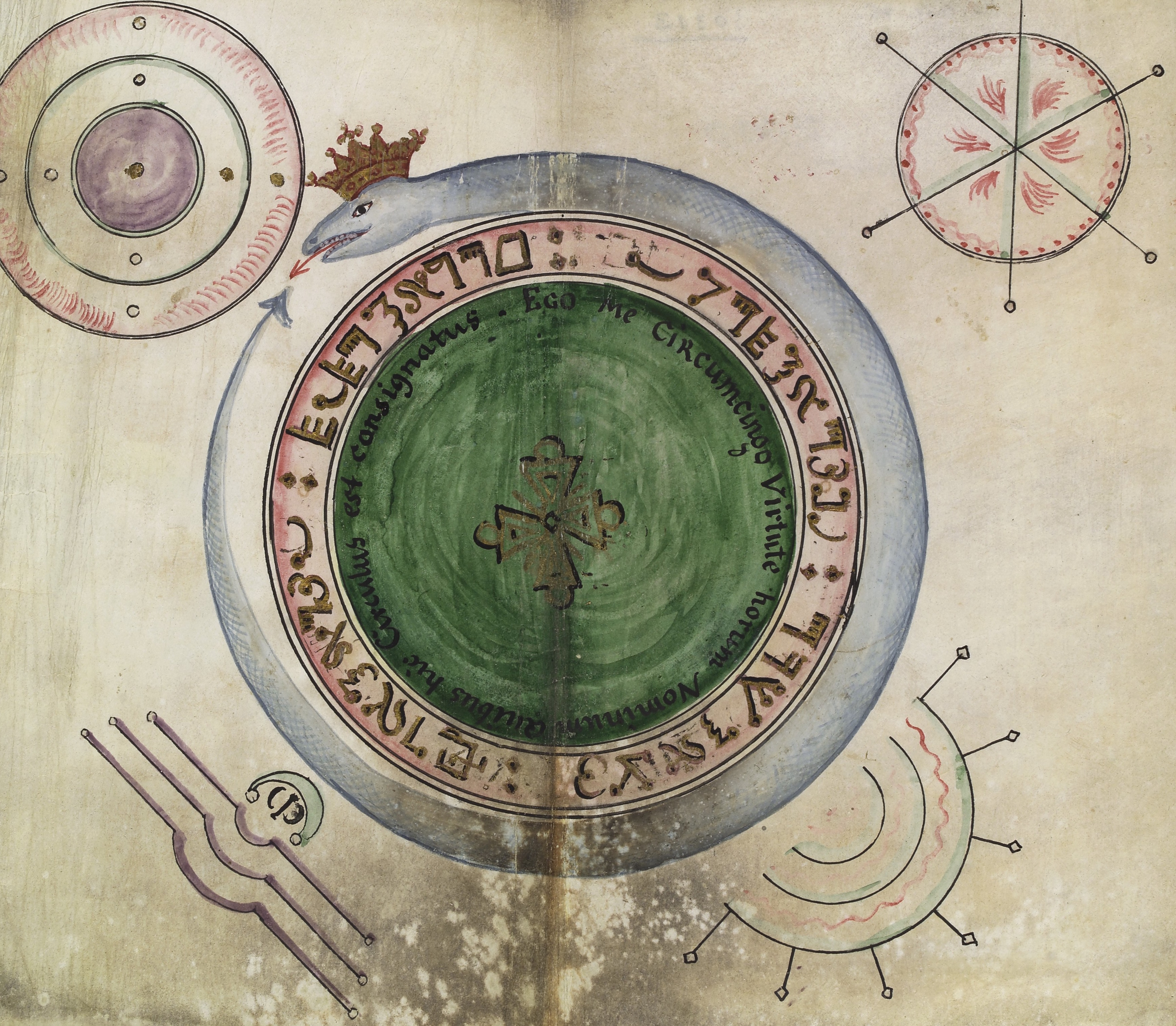Tag: Illud tempus
The "revival" of Astrology in the 900s according to Eliade, Jünger and Santillana
The revival of the astrological discipline in the last century has aroused the attention of some of the greatest thinkers of the twentieth century, who analyzed the phenomenon philosophically and from a mythical-traditional point of view: from Ernst Jünger to Mircea Eliade, up to the "Fatalism" by Giorgio de Santillana.
The archaic substratum of the end of year celebrations: the traditional significance of the 12 days between Christmas and the Epiphany
di Marco Maculotti
article originally published on Atrium on 21/12/2016,
here revised and expanded
Here we aim to deepen the folkloric beliefs that have led to the configuration of two figures intimately connected to the liturgical-profane calendar of Europe in recent centuries. The two figures that interest us are those of Santa Claus (Italianized in Santa Claus) and of the Befana, figures that - as we will see - owe their origin and their symbolism to an archaic substratum, anthropologically recognizable in all those practices and beliefs (myths and rites) of the volk European (or rather eurasian), which elsewhere we have defined as "cosmic-agrarian cults" [cf. Cosmic-agrarian cults of ancient Eurasia].
The doctrine of the Eternal Return of the same: from Berosus to Eliade
di Marco Maculotti
Like the same Nietzsche had to recognize in Ecce Homo, the doctrine of the Eternal Return of the same was inspired by the reading of some philosophers of the Stoic current, in particular Zeno of Citium and Cleante of Ace. However, it is probably up to the Chaldean Berosus the first enunciation reached us in the Western context of the doctrine of the "Great Year" and the Eternal Return: the universe is considered as eternal, but it is annihilated and reconstituted periodically every "Great Year" (the corresponding number of millennia varies from one school to another); when the seven planets come together in the sign of Cancer ("Winterfell", the winter solstice of the "Great Year") a deluge will occur; when they meet in the sign of Capricorn ("Great Summer", summer solstice of the "Great Year") the whole universe will be consumed by fire [Eliade 116-7].




